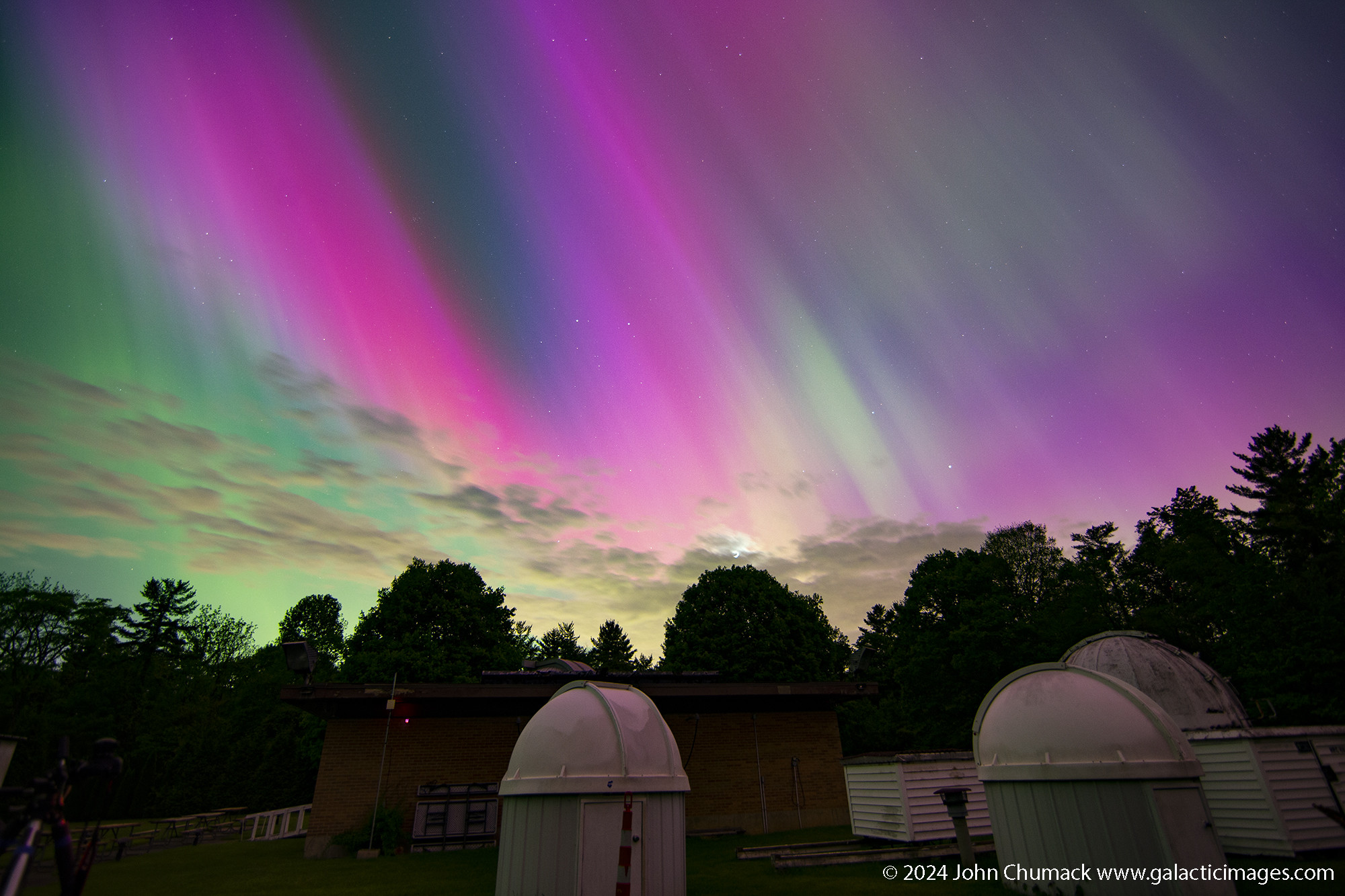Event JSON
{
"id": "f11b47516ae0573e7a633474d96879fe11a99ab81c9d04dafd6fdfca7f47e17f",
"pubkey": "7dffac5ad489a6f470af8634771d9f4a35197d679bd606974efaa72b7d1a47a9",
"created_at": 1715498271,
"kind": 1,
"tags": [
[
"t",
"aurora"
],
[
"t",
"science"
],
[
"t",
"nature"
],
[
"t",
"space"
],
[
"imeta",
"url https://files.mastodon.social/media_attachments/files/112/426/885/465/022/882/original/3e3395cb3f71e308.jpg",
"m image/jpeg"
],
[
"proxy",
"https://mastodon.social/@coreyspowell/112426894728498094",
"web"
],
[
"proxy",
"https://mastodon.social/users/coreyspowell/statuses/112426894728498094",
"activitypub"
],
[
"L",
"pink.momostr"
],
[
"l",
"pink.momostr.activitypub:https://mastodon.social/users/coreyspowell/statuses/112426894728498094",
"pink.momostr"
]
],
"content": "Aurora colors come from atoms that are trying to shed some of their energy. \n\nIn very thin air, oxygen survives in a delicate, high-energy state that emits green light. In denser air, atomic collisions knock oxygen to a lower-energy state that emits red. Nitrogen is a robust emitter that glows bright in even lower, denser layers of the atmosphere.\n\nBeautiful science. \n\nhttps://www.swpc.noaa.gov/content/aurora-tutorial #aurora #science #space #nature\nhttps://files.mastodon.social/media_attachments/files/112/426/885/465/022/882/original/3e3395cb3f71e308.jpg\n",
"sig": "597f854c55b09dbbcdb9142252e2ebd67b9fd1e9d07fc82ac67f179a6f981a832315da668e28f087e0b9e329a97988b7cf6b92a11ab2eaa935d2da07133df2dd"
}
